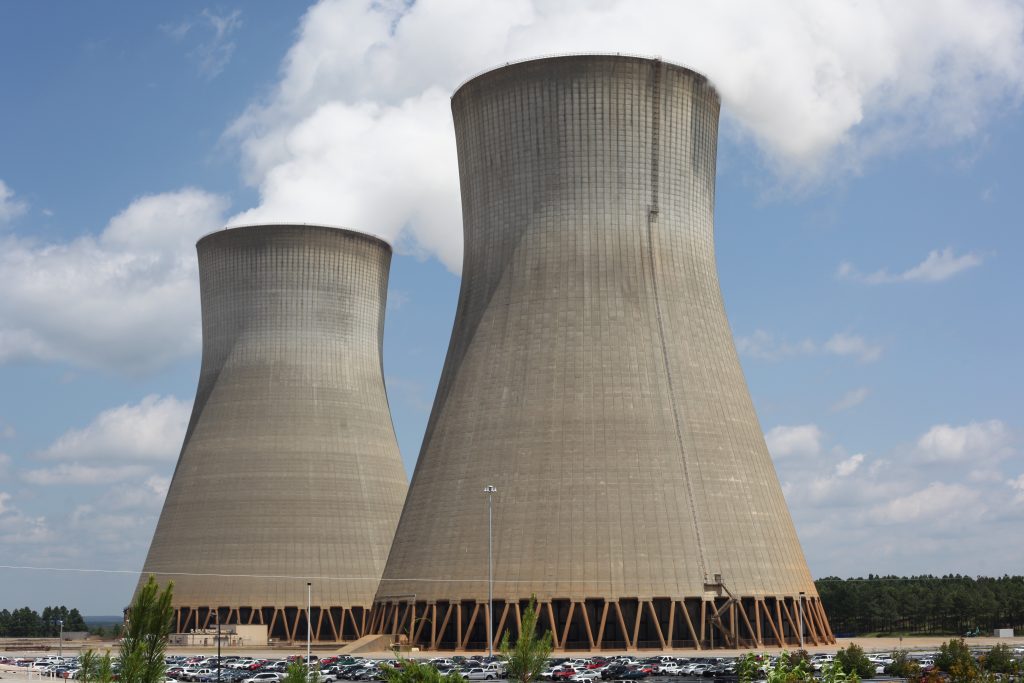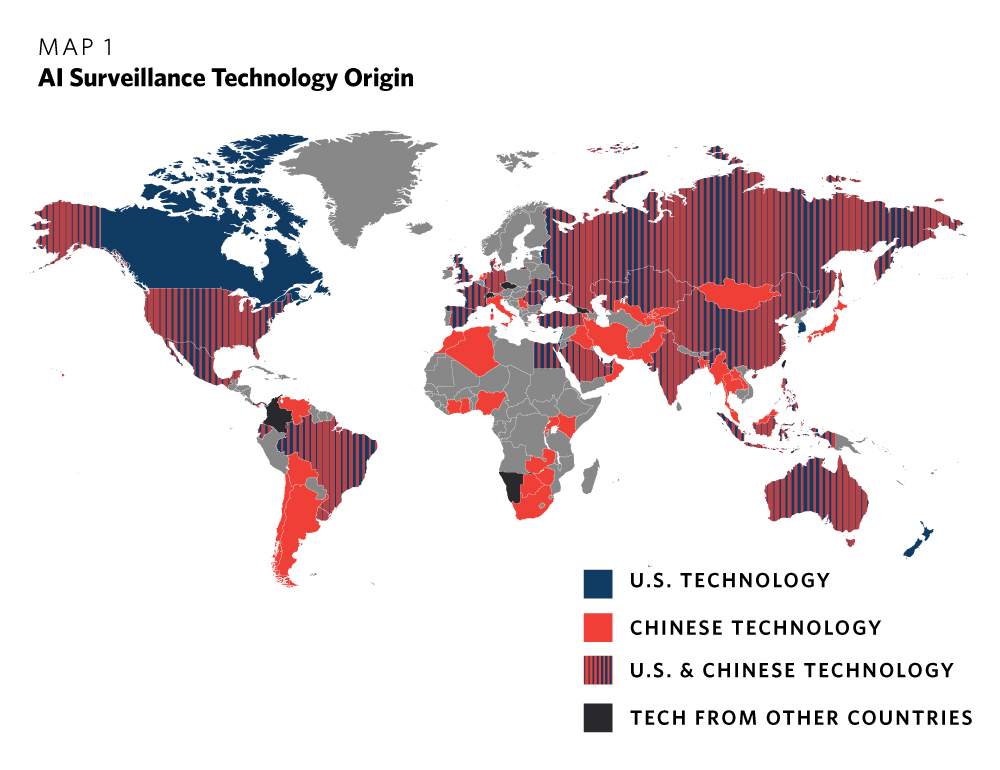
US Commits $900M to Drive Next-Generation Nuclear Innovation
The United States is setting the stage for a nuclear renaissance with a staggering $900 million funding directive announced by the Department of Energy (DOE). This initiative, rooted in the Consolidated Appropriations Act of 2024 and propelled by President Biden’s Bipartisan Infrastructure Law, aims not only to fortify the domestic nuclear sector but also to propel the nation towards its climate goals.
 Next-generation nuclear reactor technologies are set to transform the energy landscape.
Next-generation nuclear reactor technologies are set to transform the energy landscape.
Pioneering Future: The Strategy Behind the Funding
The DOE’s funding strategy is meticulously structured into two significant tiers:
-
Tier 1, managed by the Office of Clean Energy Demonstrations (OCED), will allocate up to $800 million to assist in the deployment of pioneering Generation III+ small modular reactor (SMR) technologies. This initiative is expected to support the first operational plants, laying the groundwork for widespread adoption.
-
Tier 2, overseen by the Office of Nuclear Energy (NE), designates up to $100 million for addressing crucial industry challenges such as design, licensing, and supplier development.
This generous investment is designed not just to stimulate growth within the nuclear industry but also to ensure the safety and efficiency of advanced reactor technology rollouts throughout the nation. With the aim of creating a sustainable model for Gen III+ SMRs, this initiative also promises to facilitate environmental protection and community benefits, significantly enhancing job opportunities in the process.
The Case for Nuclear Energy in the Fight Against Climate Change
To meet escalating energy demands and achieve ambitious climate targets, the US requires an additional 700GW to 900GW of clean, firm power generation capacity by 2050. Nuclear energy emerges as a potent solution in this context, especially with SMRs recognized for their flexibility and factory-based construction advantages, making them adaptable for various applications from power generation to desalination.
US Secretary of Energy Jennifer Granholm emphasized the critical role of revitalizing the nuclear sector: > “Revitalizing America’s nuclear sector is key to adding more carbon-free energy to the grid and meeting the needs of our growing economy — from AI and data centres to manufacturing and healthcare.”
This sentiment resonates within a broader narrative that positions nuclear power as a cornerstone in the endeavor to transition towards a sustainable energy future.
 The transition to sustainable energy solutions requires innovative approaches and technologies.
The transition to sustainable energy solutions requires innovative approaches and technologies.
Future Prospects: Nuclear’s Place in America’s Energy Mix
The government’s endorsement of SMRs reflects a proactive approach to embrace cutting-edge energy technologies that align with climate goals. As this funding initiative rolls out, it is anticipated to embolden private sector engagement in nuclear innovation, paving the way for an extensive network of smaller reactors that can address localized energy needs effectively.
In recent announcements, the US DOE also revealed $1.5 billion aimed at enhancing the nation’s power grid infrastructure, reinforcing commitment to a reliable and modern energy framework. This dual approach—upgrading both nuclear capacities and grid reliability—marks a noteworthy evolution in American energy policy.
In conclusion, the $900 million investment into advanced nuclear technologies signifies a pivotal moment in the United States’ energy agenda. As the world grapples with the pressing challenges of climate change, this funding could serve as a catalyst for rejuvenating the nuclear industry, fostering sustainable growth and paving the way towards a greener future.
Conclusion
The burgeoning commitment to nuclear innovation illustrates the overarching recognition of nuclear power as an indispensable component of America’s quest for a sustainable and resilient energy future. By investing in next-generation nuclear technology, the US is not only addressing immediate energy needs but is also laying a foundational strategy for long-term climate goals, propelling its economy into an era defined by clean, carbon-free energy.
For more information, visit the official website.















